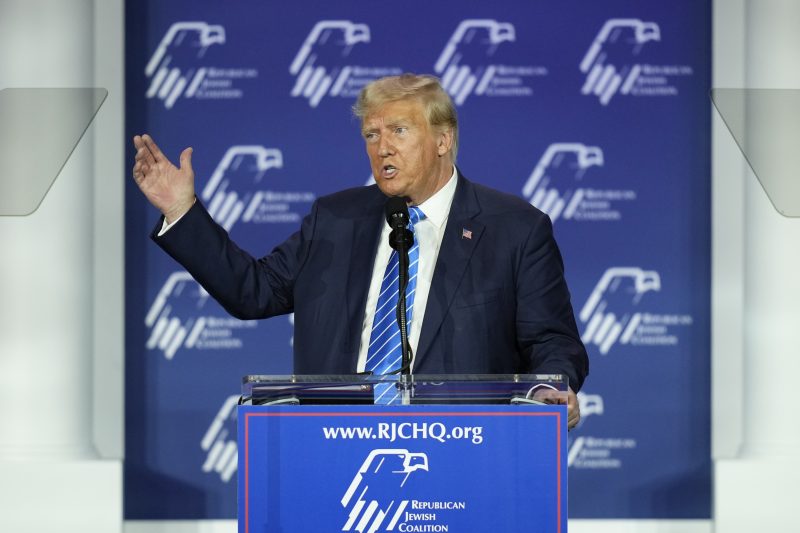In a recent diplomatic exchange between two key figures, former U.S. President Donald Trump and Israeli Prime Minister Benjamin Netanyahu discussed Israel’s military strategy in the Gaza Strip. The conversation, which took place against the backdrop of escalating tensions in the region, sheds light on the complexities of navigating conflict in the Middle East.
Netanyahu, known for his strong stance on security and defense, faced scrutiny from Trump regarding Israel’s approach to handling the conflict in Gaza. Trump, a vocal supporter of Israel during his presidency, urged Netanyahu to take decisive action and get it over with in dealing with the ongoing hostilities.
The exchange between the two leaders underscores the challenges faced by Israel in its efforts to maintain security while also seeking a peaceful resolution to the conflict with the Palestinian territories. The Gaza Strip, a small region with a dense population and limited resources, has been a flashpoint of violence and unrest for decades.
Israel’s approach to addressing the conflict in Gaza has been a subject of debate both domestically and internationally. The Israeli government, led by Netanyahu’s administration, has implemented a combination of military strikes, targeted killings, and economic sanctions in an attempt to contain militant groups operating in the region.
Critics of Israel’s approach argue that the heavy-handed tactics employed by the Israeli military only serve to escalate tensions and perpetuate cycles of violence. They advocate for a more diplomatic and conciliatory approach, emphasizing the need for dialogue and negotiation to achieve a lasting peace agreement.
However, Netanyahu’s government maintains that military action is necessary to protect Israeli citizens from security threats posed by extremist groups in Gaza. The Israeli leadership faces the delicate challenge of balancing security concerns with the need to comply with international humanitarian laws and norms.
The Trump-Netanyahu exchange highlights the complexities of managing conflicts in the context of geopolitics and international relations. Both leaders are known for their assertive and uncompromising approaches to governance, and their discussion sheds light on the tough decisions faced by countries dealing with protracted conflicts.
As the situation in Gaza remains tense and unpredictable, the international community continues to monitor developments in the region closely. Efforts to broker a lasting peace agreement between Israel and the Palestinians face numerous obstacles, including deep-seated mistrust, competing territorial claims, and the influence of regional power dynamics.
In conclusion, the exchange between Trump and Netanyahu offers a glimpse into the challenging terrain of conflict resolution in the Middle East. As Israel grapples with the complexities of managing security threats in Gaza, the need for a comprehensive, sustainable solution remains paramount. Only through dialogue, negotiation, and a commitment to peace can the cycle of violence be broken, and a brighter future for all parties involved be envisioned.
